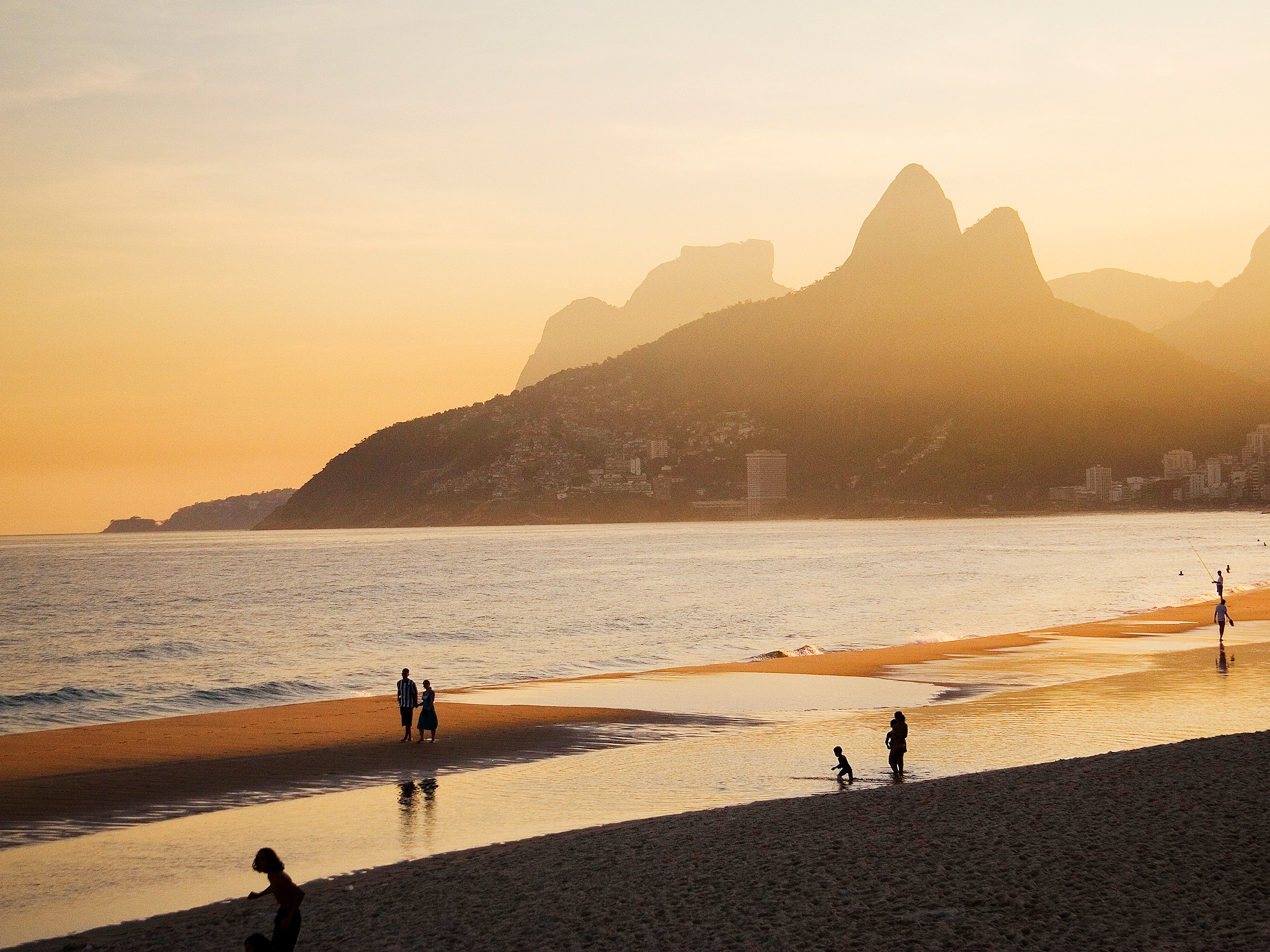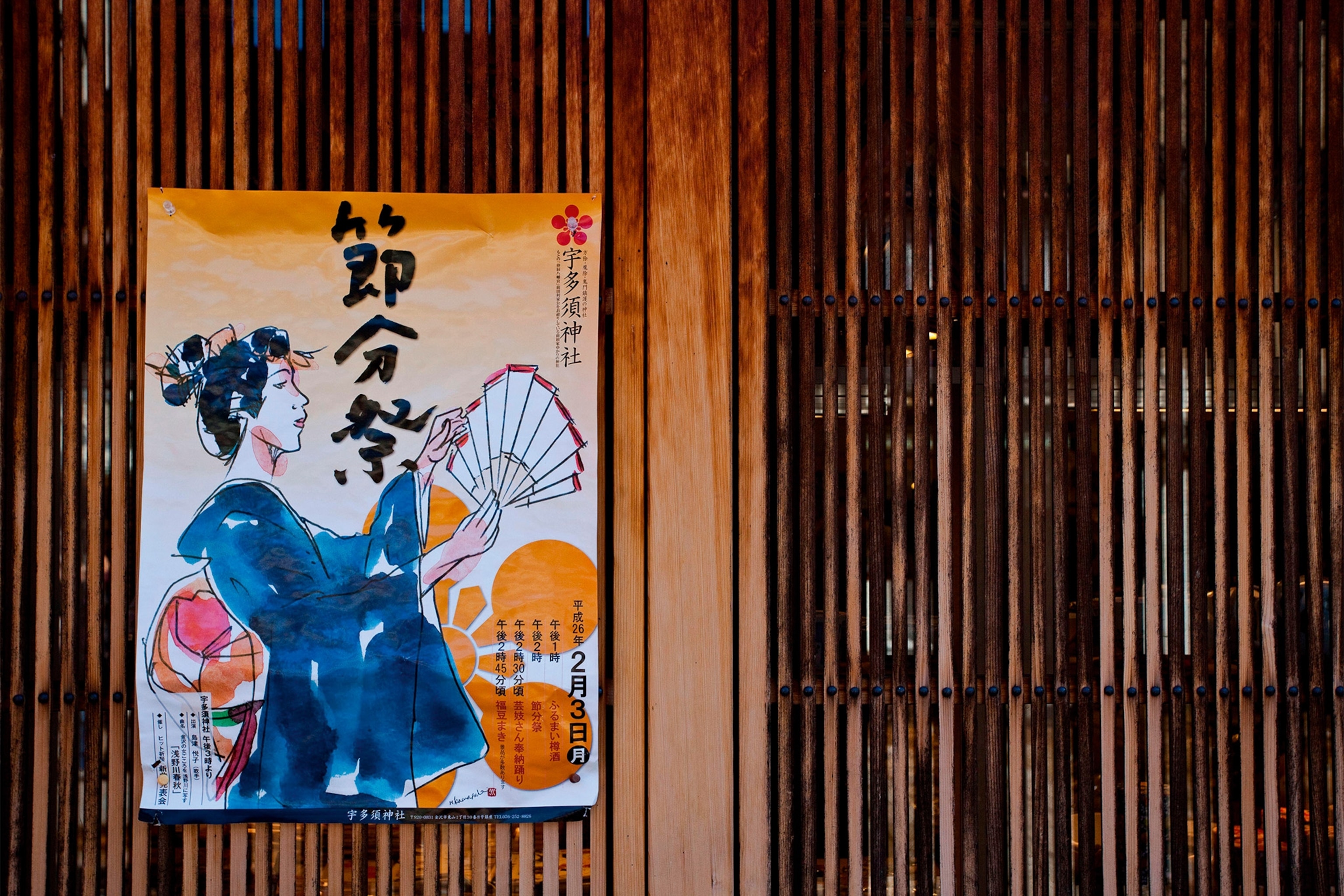
A guide to Kanazawa, the next city break for Kyoto-lovers
Forged by samurai, geishas and Edo-era feudal clans, the elegant garden city of Kanazawa is a quieter alternative to Kyoto for those seeking traditional Japanese culture.
The sound of drumming rises to a fever pitch, fluttering rhythms in enigmatic time signatures shaking the century-old rafters of In Kanazawa House. Before me on the stage are two geishas — or geikos, as they’re known in this city — one playing the taiko drum, the other accompanying her on the banjo-like shamisen while singing.
It’s an interplay unchanged since the 17th century, when wealth flowed through Kanazawa, the seat of the influential Maeda clan. Samurai were hired for protection, geikos for entertainment. The historic districts in which they lived and worked are beautifully preserved — Kanazawa rivals Kyoto as the city that best embodies the Japan of picture books. The elegance of the Edo era, which shaped Japan from the 17th to 19th centuries, reaches its apogee at Kenroku-en — a remarkable garden of ponds, bridges and teahouses beside Kanazawa Castle, close to the In Kanazawa cultural centre.
The music stops to warm applause, replaced by an air of nervousness when an invitation is extended from the stage: “Who’d like to play the drum?” Never able to stand an awkward silence, I shoot a hand up and trudge to the stage, trying desperately to remember the complex percussive patterns. Thankfully, the geikos go easy on me; they demonstrate a simple rhythm in standard time, hand me a mallet and urge me to join in.
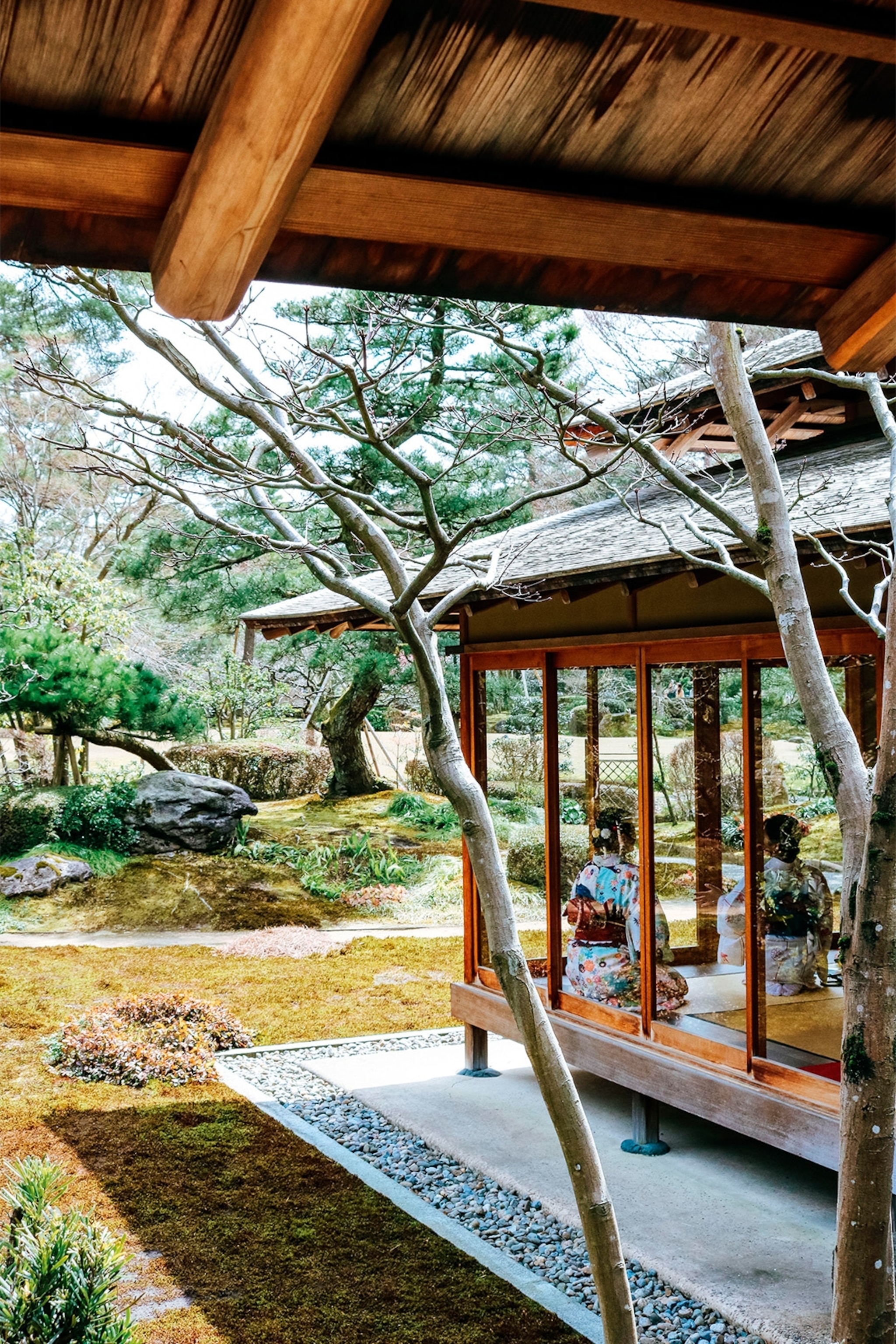
It’s the perfect ice-breaker — something in which the geikos are well-versed, being professional conversationalists as well as musicians. After a traditional kaiseki multi-course dinner, one of them joins my table. The geikos of Kanazawa, she tells me, are different from their counterparts in Kyoto. “Our life is more relaxed,” she says. “In Kyoto, you move to the okiya [lodging house] at 15 to start training. Here, we can start later, after studying or working. We can marry if we want. We have our own lives.”
More than 100 heritage buildings are destroyed in Kanazawa each year, often because they’re perceived to be more expensive to insulate and maintain. This one — a former kimono factory — is helping to preserve both traditional architecture and the fast-vanishing geiko culture. “There are just 30 geikos left in Kanazawa,” says owner Shigehiko Yamada, “but there are many people here who wish to preserve traditional culture. So it’ll survive — even if in different forms.”

14 Hours in Kanazawa
8am: Kenroku-en stroll
Start the day in a state of serenity at one of the official Three Great Gardens of Japan. Kenroku-en represents the perfect marriage of human ingenuity and natural beauty, its ponds, fountains, bridges and plants carefully curated so the garden is equally beautiful year-round. Plum and cherry blossom erupt in spring, irises unfurl in the summertime and maple trees paint the park a fire-engine red in autumn. Winter is the season of yukitsuri (‘snow-hanging’), when the pines are propped up with bamboo to support a canopy of snow.
10am: Lacquerware workshop
Kanazawa is one of Japan’s great craft centres and lacquerware is among its most esteemed traditions. Local manufacturer Nosaku has been creating gorgeous bowls, dishes, boxes and artworks since 1780 — applying hundreds of layers of resin interwoven with gold and silver patterns. At its 1.5-hour workshop, you swerve the hard yards and join in for the fun part: applying the shiny, colourful decorations. You then get to take away the finished product as a souvenir.
12pm: Lunch at Omicho Market
Kanazawa has a reputation for gourmet kaiseki (traditional multi-course cuisine), but its street food is equally appealing. Don’t miss the chance for a hearty lunch at Omicho Market, a lively warren of covered streets a couple of blocks from the castle. The speciality is kaisen-don — rice bowls topped with raw seafood (snow crab, eel, sweet shrimp and more from the nearby Hokuriku coast). Pick your stand by following the locals to one of the many that has a long lunchtime queue.
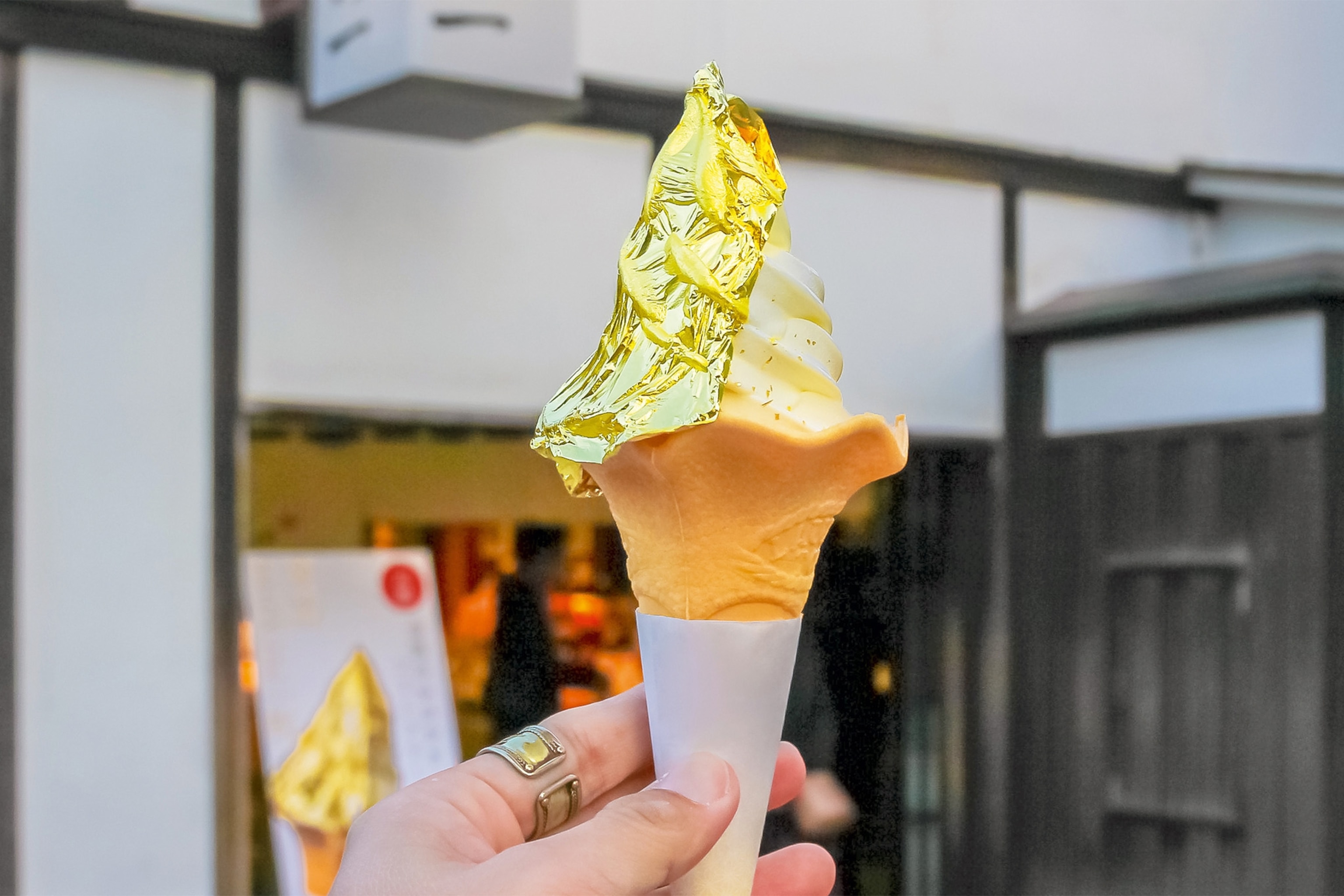
2pm: Gold leaf shopping
It’s fitting that a city as stately and elegant as Kanazawa should count gilding among its traditional crafts, and Hakuichi is the city’s leading practitioner. At its store, beside Kenroku-en, you can shop for delicate lacquerware boxes, chopsticks and tableware adorned with gold leaf, plus a range of cosmetic creams and face masks infused with the precious metal. Try the shop’s signature gold-leaf ice cream — a soft-serve cone wrapped in an indulgent edible sheet of gold.
4pm: Tea ceremony at Gyokusen-an
Where better to experience the 350-year-old art of the tea ceremony than a private garden overlooking Kenroku-en? Stone lanterns and giant pine trees line the path into Gyokusen-an’s traditional screen-walled teahouse, where you’ll sit on tatami mats and be served piping hot matcha tea by a kimono-clad host. Your drink is accompanied by wagashi — beautifully presented confections made of bean paste, layered in different colours to represent snow-clad mountains, seasonal fruits and other natural phenomena. The whole experience is extremely meditative.
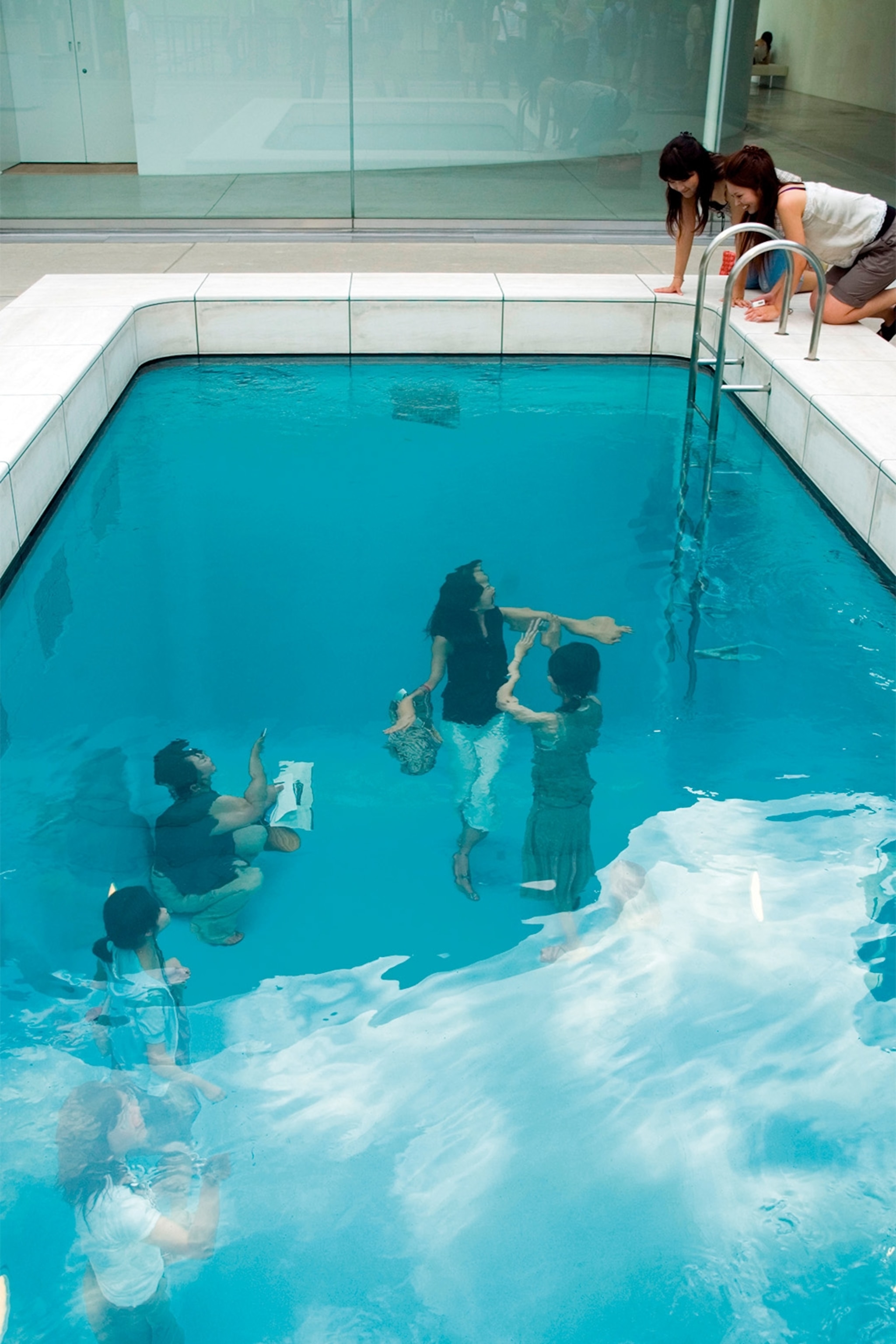
6pm: Explore modern art
To see a completely different side to Kanazawa, beyond its classical traditions, take a trip to the city’s 21st Century Museum of Contemporary Art. Housed in a remarkable steel-and-glass structure, the gallery is open into the evenings at weekends and exhibits work by artists from across Japan and beyond. Many elements are participatory — look down into Leandro Erlich’s Swimming Pool to experience the illusion that other visitors are walking underwater.
8pm: Kaiseki cuisine at Zeniya
A visit to Kanazawa demands at least one experience of kaiseki, Japan’s classical cuisine. At the acclaimed restaurant Zeniya there’s no fixed menu — its exquisite offerings change daily according to availability at the market and the creative whims of the chef. Choose between the tatami-floored, bamboo-screened private dining rooms or the convivial counter seating, and enjoy an extravaganza of regional delicacies: sesame tofu, Noto beef, Ishikawa sake, sea bream and mountain vegetables — with impeccable service from waiters in kimonos.
10pm: Sake at Kanazawa Shu Shu
Ishikawa prefecture is famous for its sake, made with crystal-clear mountain water, and Kanazawa Shu Shu’s owner, Hiromoto Yamagami, used to be a brewer at a local producer. Sit at the bar of this trendy, wood-walled izakaya (informal bar) and he’ll happily guide you through the 80 or so sakes — aged, clear, cloudy, flavoured and sparkling — he has on sale, regaling you with their history and flavour profile. Flights are available if you can’t choose.
Kanazawa is easy to reach from Tokyo using one of the regular shinkansens (bullet trains). There are at least a dozen direct trains a day across the Hakutaka and Kagayaki services; the latter makes fewer stops and is slightly quicker.
Average train time: 2h 45m.
It’s possible to explore the majority of Kanazawa’s attractions on foot, as they’re mostly clustered around the castle. For sights further afield, buy a one-day pass from Kanazawa Central Tourist Information Center at Minamicho 4-1 and jump on the Kanazawa Loop Bus. The Machi-nori bicycle-sharing service is another handy way to get around — just tap your credit or debit card at one of the many bike docking stations.
When to go
Spring and autumn in Kanazawa are lovely, with mild temperatures, plenty of sun and the beauty of the spring cherry blossom (the busiest time of year) or fiery autumn leaves. Summer is humid, with highs of 30C, while winters are often cold, with freezing temperatures and picturesque snowfall both common.
Where to stay
Hyatt Centric Kanazawa, Hirooka area. Doubles from ¥21,185 (£122), room only.
Mitsui Garden Hotel Kanazawa, Kenroku-en area. Doubles from ¥12,892 (£80), room only.
More information
Kanazawa Tourism.
Kanazawa by David Joiner. RRP: $18.95 (£14.95)
How to do it
Inside Japan offers the seven-night Kanazawa Culture adventure, with three nights in Kanazawa, a night in nearby Kaga Onsen and three nights in Tokyo from £1,330 per person. The price includes B&B accommodation, all transport across Japan and some private guiding, but excludes international flights.
To subscribe to National Geographic Traveller (UK) magazine click here. (Available in select countries only).



